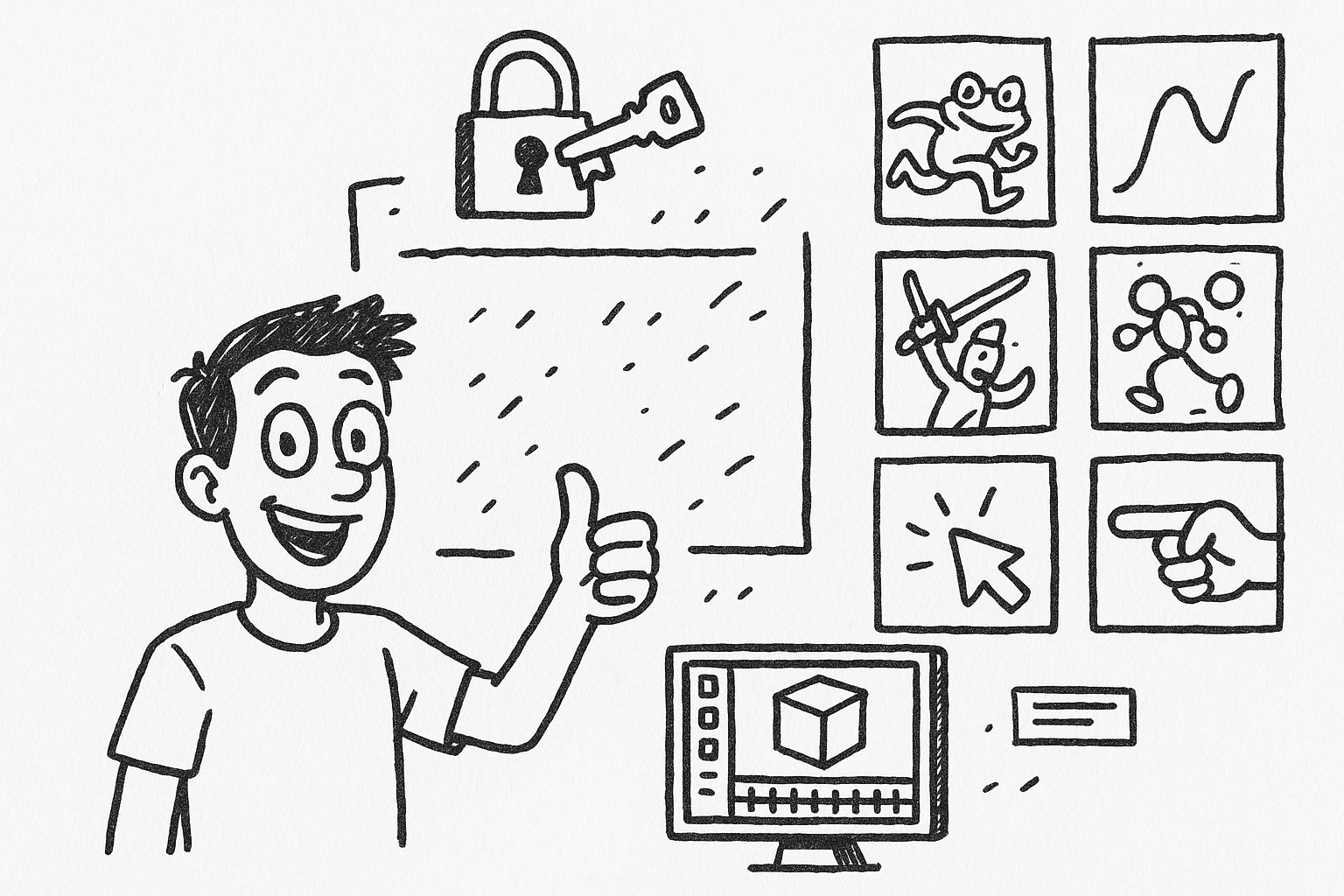Your Cart is Empty
Customer Testimonials
-
"Great customer service. The folks at Novedge were super helpful in navigating a somewhat complicated order including software upgrades and serial numbers in various stages of inactivity. They were friendly and helpful throughout the process.."
Ruben Ruckmark
"Quick & very helpful. We have been using Novedge for years and are very happy with their quick service when we need to make a purchase and excellent support resolving any issues."
Will Woodson
"Scott is the best. He reminds me about subscriptions dates, guides me in the correct direction for updates. He always responds promptly to me. He is literally the reason I continue to work with Novedge and will do so in the future."
Edward Mchugh
"Calvin Lok is “the man”. After my purchase of Sketchup 2021, he called me and provided step-by-step instructions to ease me through difficulties I was having with the setup of my new software."
Mike Borzage
Advanced Design Software Solutions for Disaster-Resistant Structures: Enhancing Resilience and Sustainability in Modern Architecture
September 16, 2024 3 min read


Understanding the Need for Disaster-Resistant Structures
Importance of Resilience in Modern Design
In the face of the growing frequency and intensity of natural disasters, the importance of resilience in modern design cannot be overstated. The economic and social impacts of disasters are profound, affecting communities, economies, and the overall fabric of society. Therefore, designing structures that can withstand these occurrences is paramount to ensure safety and continuity.
Historical Context
The evolution of building codes and standards has been significantly influenced by lessons learned from past disasters. Over the years, numerous catastrophic events have highlighted the vulnerabilities in traditional building practices. These events have subsequently led to the development of more stringent building codes aimed at enhancing the resilience of structures to various natural disasters.
Role of Modern Design Software
Today's advanced design software tools play a crucial role in creating disaster-resistant structures. These tools are specifically engineered to address the complexities of resilience in design. They assist architects and engineers in meeting new building codes and standards through detailed simulations, material optimization, and integrated design approaches.
Key Features of Software Tools for Disaster-Resistant Design
Simulation and Analysis
Modern design software offers real-time structural analysis under different disaster scenarios, enabling engineers to evaluate how buildings will perform under various conditions. These tools also provide multi-hazard risk assessments, including earthquakes, floods, and hurricanes, ensuring comprehensive resilience planning.
Material Selection and Optimization
One of the critical capabilities of design software is in choosing resilient materials. These tools facilitate generative design processes that optimize structural integrity while considering the specific requirements of disaster resistance. The result is a structure that not only meets but often exceeds safety standards.
Integrated Design Approach
By combining architectural, structural, and environmental engineering into a single interface, modern software supports an integrated design approach. This holistic methodology ensures that all aspects of resilience are addressed simultaneously. The use of comprehensive design tools has led to numerous successful resilient designs that stand up to the challenges posed by natural disasters.
Workflow Integration for Resilient Design
Collaborative Design
Cloud-based platforms facilitate real-time collaboration among architects, engineers, and stakeholders, significantly improving the resilience of design projects. These platforms provide version control and change tracking, ensuring compliance with all relevant codes and maintaining high-quality standards throughout the design process.
Automating Compliance
Software tools now offer automated checking against local and international building codes. This feature is further enhanced by integrating third-party plugins and APIs, which provide specialized compliance checks. Such automation ensures that designs are not only innovative but also compliant with regulatory requirements.
Design Iteration and Prototyping
Rapid prototyping features allow for the testing of different design scenarios quickly and efficiently. Additionally, virtual reality (VR) and augmented reality (AR) technologies provide immersive experiences for stakeholder presentations and reviews, making it easier to visualize and assess the resilience of proposed designs.
Future Trends and Innovations
AI and Machine Learning Applications
Artificial Intelligence (AI) and Machine Learning (ML) are revolutionizing disaster-resistant design. Predictive analytics driven by AI can assess disaster risks and suggest mitigation strategies. Furthermore, AI-driven design suggestions enhance the resilience of structures by identifying potential weaknesses and recommending improvements.
Integration with IoT and Smart Building Technologies
The integration of Internet of Things (IoT) with smart building technologies offers real-time monitoring of structural health using sensors. These adaptive building systems can respond to real-time data, providing an additional layer of resilience by adjusting to changing conditions and potential threats.
Sustainable and Resilient Design
Balancing resilience with sustainability goals is a significant focus in modern design. Software tools are now capable of creating eco-friendly yet disaster-resistant designs, ensuring that structures are not only safe but also sustainable over the long term.
Case Studies and Future Projects
The field of disaster-resistant design is continually evolving with new projects and advancements. The vision for the future includes increasingly resilient architectural and structural designs, driven by ongoing research and technological innovation. These advancements promise to enhance our ability to build structures that can withstand the forces of nature while promoting sustainability and safety for all.
Also in Design News

Rhino 3D Tip: Understanding Surface and Solid Modeling in Rhino for Enhanced Workflow Efficiency
August 30, 2025 3 min read
Read More
Unlocking Advanced Animation Techniques: Five Studio-Proven Tricks to Elevate Your 3ds Max Workflow
August 30, 2025 6 min read
Read MoreSubscribe
Sign up to get the latest on sales, new releases and more …



